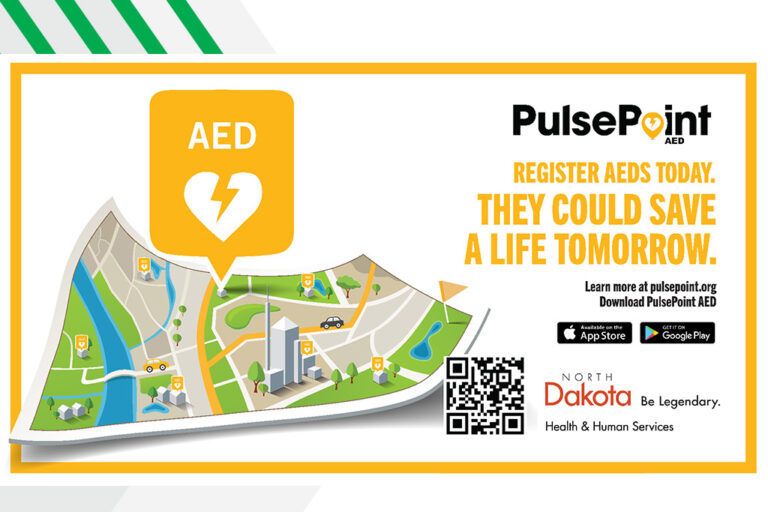Oct. 6-12 is National PA Week!
“The demand for healthcare providers is strong,” said Jeanie McHugo, Ph.D., P.A.-C., chair of the UND Department of Physician Assistant Studies, “and that’s where we can play a pivotal role.”
The “we” in question is the physician assistant (PA, or sometimes “physician associate”) profession, which emerged in the 1970s from programs across the country looking to enable both U.S. Army medics returning from Vietnam to do more with patients in the clinical setting.
At 50 years young, UND’s PA program is celebrating PA Week 2022, which runs Oct. 6-12. The goal of the week, said McHugo, is to draw attention to a profession that is filling in more gaps than ever in primary care, particularly in rural areas.
According to the Health Resources & Services Administration, more than 96 million Americans lack adequate access to primary care and more than 155 million Americans lack access to mental health care. And the United States is facing a shortage of up to 3.2 million healthcare workers by 2026.
That’s where PAs come in.
UND’s PA program, which has graduated more than 2,000 PAs since its founding, has contributed to the more than 470 licensed PAs working primarily in rural areas of North Dakota. Of these hundreds of PAs practicing in the state, 41% are graduates of the UND School of Medicine & Health Sciences. These numbers are among the nearly 160,000 PAs licensed by the the American Academy of Physician Associates (AAPA) who practice medicine in every specialty and setting in every state in the nation.
Overall, the profession saw a 28.6% increase from 2016 to 2020.
“Forty-four percent of PAs in North Dakota work in primary care,” added McHugo. “That’s compared to the national average of only 24%. We truly are serving North Dakota and meeting our rural primary care mission.”
To McHugo’s point, a recent study by the National Commission on Certification of Physician Assistants (NCCPA) found more than 66% of patients received care provided by a PA in 2022. The case is similar in North Dakota.
“With more than 500 million annual patient visits, PAs are a crucial part of the solution to today’s workforce shortages which are crippling healthcare and they are critical to ensuring patients have access to quality healthcare when and where they need it,” noted the report. “With a projected 31% increase in PA employment between 2020 and 2030, it is evident that the growth of this profession has an essential role in healthcare sustainability.”
Learn more about PA Week and the PA profession at: aapa.org.


